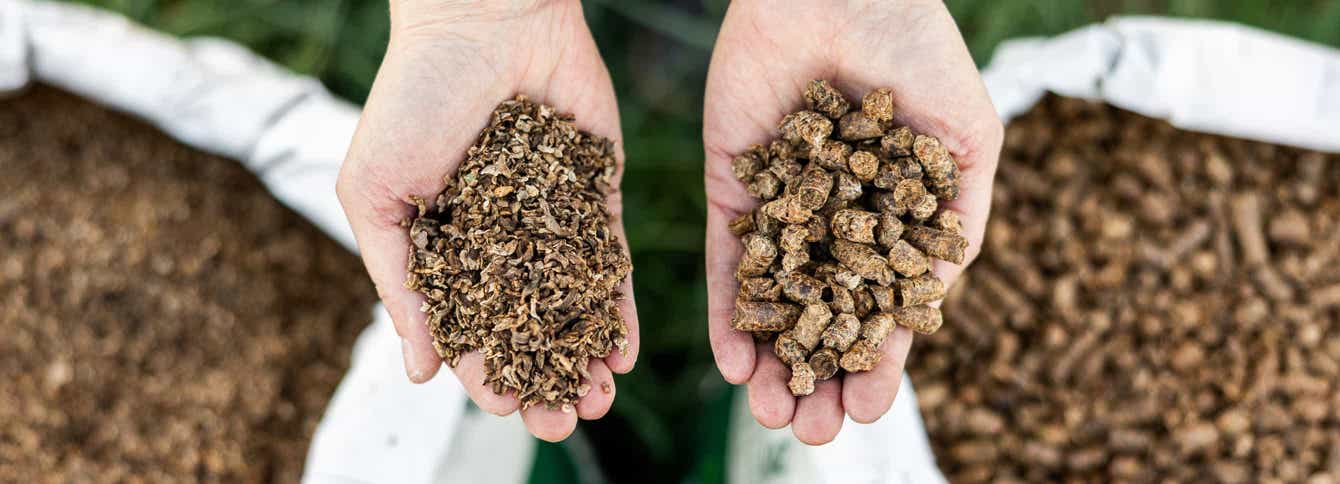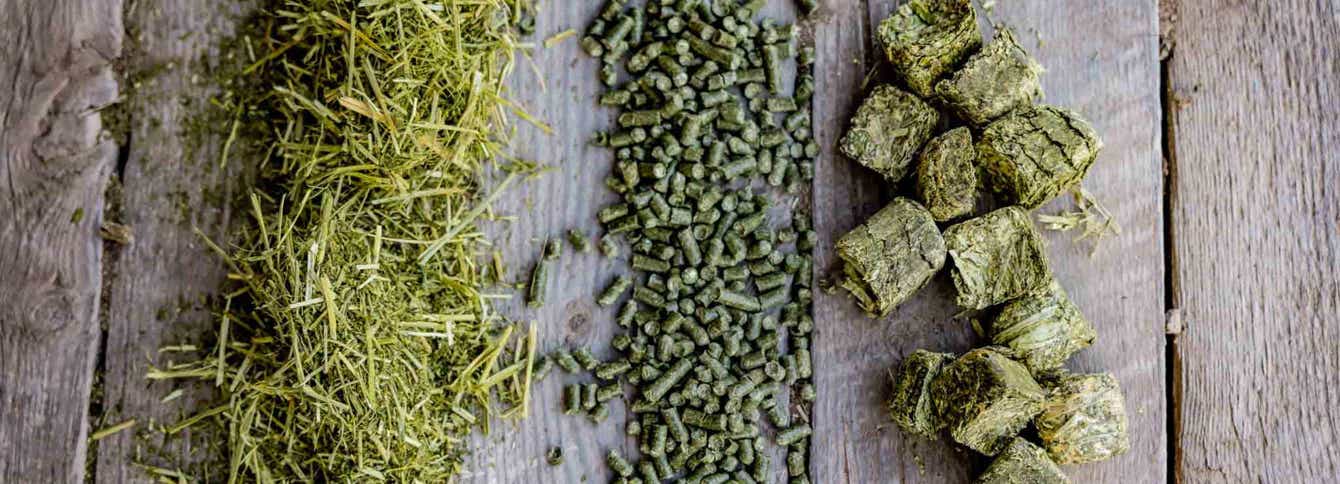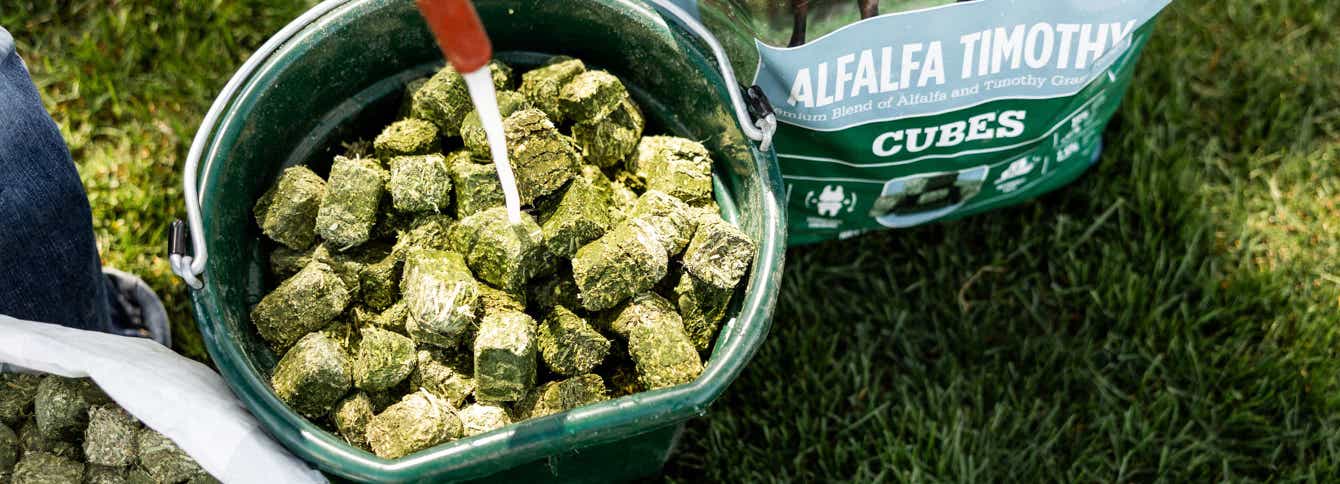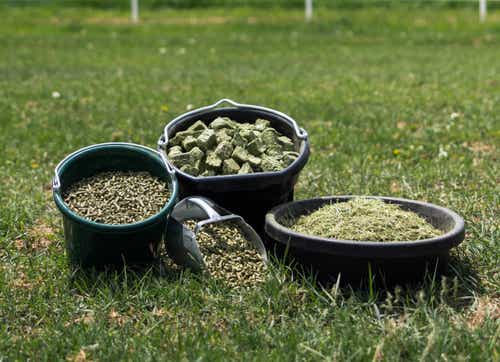
Iron for Horses: Do They Really Need More in Their Diet?
If your horse has ever seemed low on energy, you may have wondered if they are getting enough iron. For years, horsemen have fed iron-containing supplements to gain an edge and “boost energy.” But is this age-old strategy effective? Fortunately, equine nutrition knowledge continues to evolve, and we now have a much better understanding of what iron does for horses, why true iron deficiency is...

Feeding Beet Pulp to Horses: Benefits, Tips, and Safe Use
Beet pulp is a nutritional powerhouse that has earned its place in feeding programs for horses and other livestock. Known for its digestible fiber, slow-release energy, and supportive role in digestive health, beet pulp offers a smart solution for animals with unique nutritional needs. At Standlee, we are proud to source and deliver premium beet pulp products designed to promote wellness from the...

Meet Dr. Kelly Vineyard: Joining Standlee to Help You Feed with Purpose
At Standlee, we're committed to supporting the health, performance, and well-being of your horses through high-quality forage and trusted nutrition guidance. That’s why we’re excited to introduce the newest member of our team - Dr. Kelly Vineyard, MS, PhD, an accomplished equine nutritionist with a passion for helping horses thrive from the inside out. A Lifelong Horsewoman with Scientific...

Understanding the Various Forms of Premium Standlee Horse and Livestock Feed
When it comes to feeding premium forage to your horses, cattle, or other livestock, one size doesn’t fit all. That’s why Standlee offers a variety of forage formats - each designed to meet different nutritional needs, feeding routines, and management styles. Whether you're feeding a performance horse, senior equine, dairy goat, or backyard cattle, choosing the right form of high-quality hay can...

How to Soak Hay Cubes and Pellets for Horses: A Quick Guide
If you’ve ever wondered whether soaking hay cubes or pellets is necessary, the short answer is: in many cases, yes - and it’s easier than you might think. Soaking forage is a simple way to help your horse stay hydrated, avoid choke, and enjoy their feed more. Whether you use hay cubes or hay pellets, soaking transforms dry feed into a soft, mash-like consistency that's easier to chew and...





